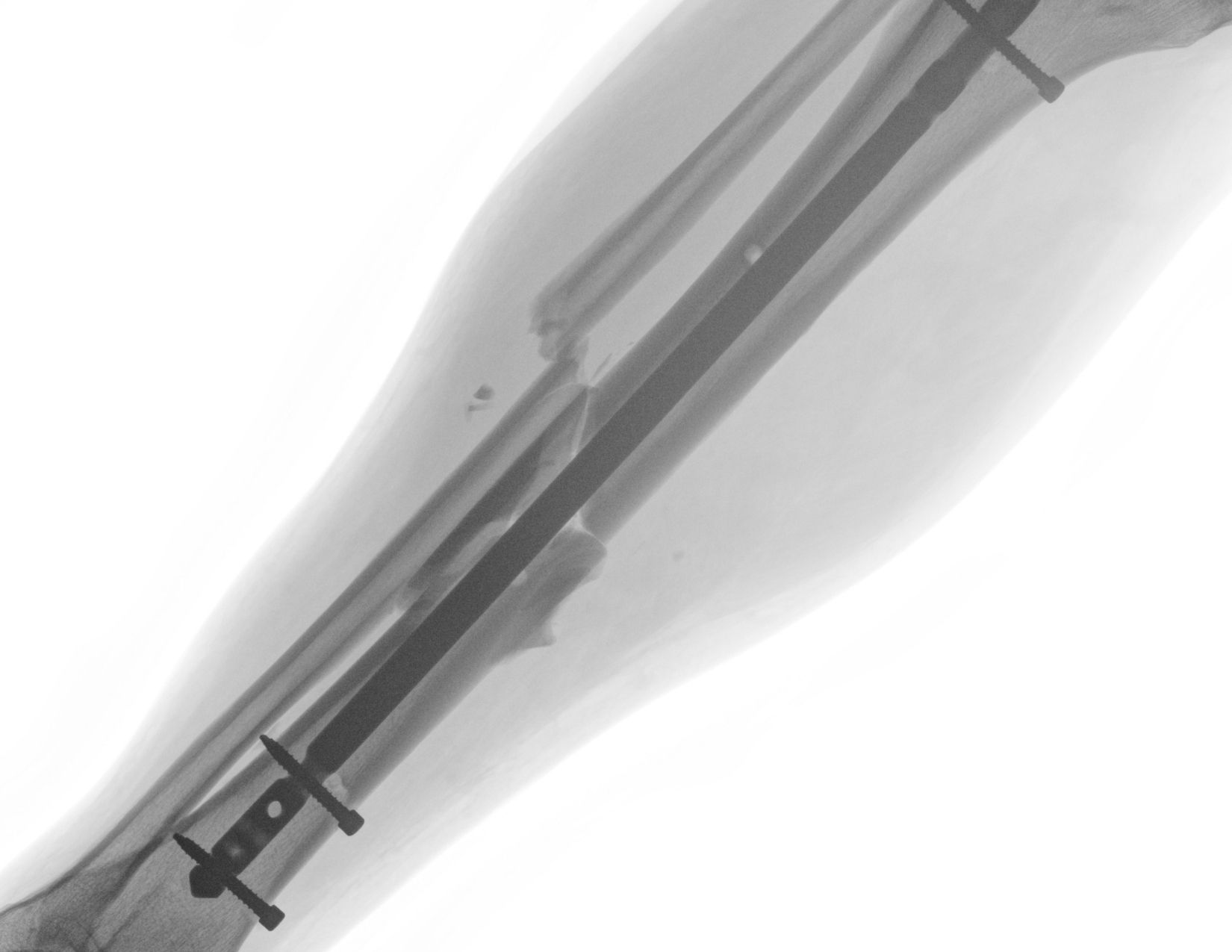
article on the use and benefits of intramedullary nails in orthopedic surgery.
Intramedullary nail, also known as an interlocking nail, is a type of implant used in orthopedic surgery for the internal fixation of long bone fractures. It is a long, thin implant that is inserted into the medullary canal of the bone and then held in place with screws. Intramedullary nails are commonly used for fractures of the femur, tibia, and humerus.
The use of intramedullary nails offers many benefits in orthopedic surgery. One of the biggest benefits is that it allows for faster healing of the bone. Unlike external fixation devices, which require the use of bulky metal frames and pins, intramedullary nails are placed inside the bone, where they can provide more stable support for the fracture. This helps to promote healing and can lead to a faster recovery time for the patient.
Another benefit of intramedullary nails is that they can reduce the risk of infection. Because the implant is placed inside the bone, it is not exposed to the outside environment like external fixation devices. This can help to reduce the risk of infection and can improve the overall outcome of the surgery.

In addition to these benefits, intramedullary nails can also provide better cosmetic results than external fixation devices. Many patients are self-conscious about the appearance of their fracture and are hesitant to wear bulky metal frames and pins on the outside of their skin. Intramedullary nails are placed inside the bone, where they are not visible to the outside world.
The surgery to insert an intramedullary nail can be done using either general or regional anesthesia, depending on the patient’s health and the extent of the injury. The procedure usually takes about an hour, and patients are typically able to return to normal activities within a few weeks of the surgery.
After the surgery, patients are usually monitored closely to ensure that the fracture is healing properly. This may involve follow-up visits with the surgeon or physical therapist, as well as imaging studies to check the progress of the healing process.
In conclusion, intramedullary nails are an important tool in the field of orthopedic surgery. They offer many benefits over external fixation devices, including faster healing, reduced risk of infection, and better cosmetic results. With proper monitoring and care, patients who undergo surgery with intramedullary nails can expect a faster recovery and a better overall outcome.